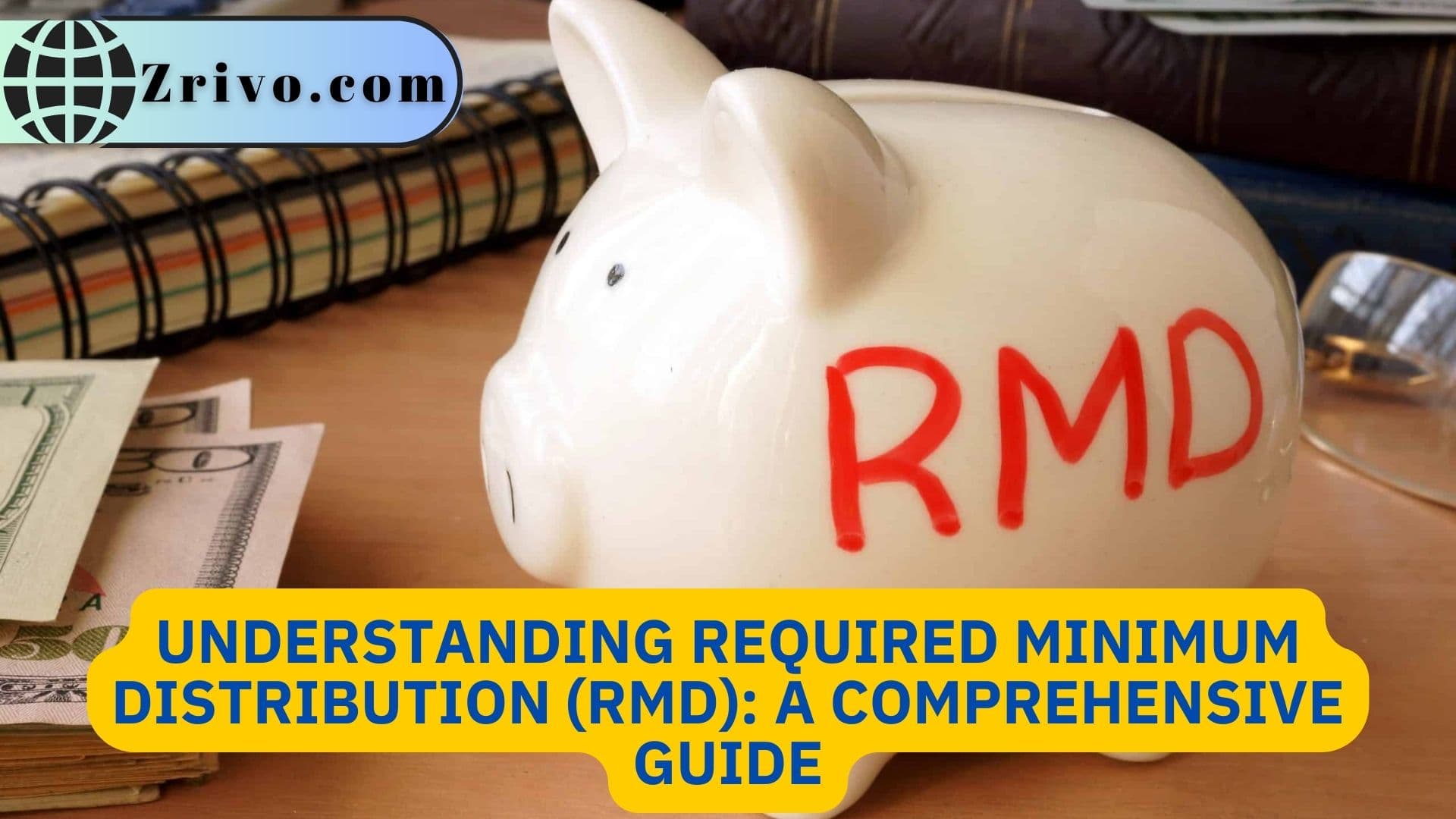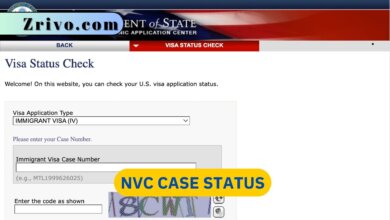Understanding Required Minimum Distribution (RMD): A Comprehensive Guide
Failing to take RMDs can result in steep penalties from the IRS, making it critical to stay informed and plan accordingly. In this guide, we'll cover everything you need to know about RMDs, including who is required to take them, how they're calculated, and strategies for managing your withdrawals.

Contents
Required Minimum Distribution (RMD) is an important aspect of retirement planning that every retiree should understand. RMD is the minimum amount of money that individuals with qualified retirement accounts, such as traditional IRA and 401(k), are required to withdraw annually once they reach age 72 (or age 70 ½ if you turned 70 ½ before January 1, 2020). Failure to take RMD can result in substantial penalties. This comprehensive guide will explain everything you need to know about RMD and how it affects your retirement savings.
What is Required Minimum Distribution (RMD)?
Required Minimum Distribution (RMD) is the minimum amount of money individuals with qualified retirement accounts must withdraw annually. The RMD amount is calculated based on the account balance and the account holder’s life expectancy. RMD aims to ensure that individuals do not use qualified retirement accounts as a tax shelter and eventually pay taxes on the money they have saved for retirement.
When Do You Have to Take RMD?
The RMD deadline is April 1st of the year following the year in which you turn age 72 (or age 70 ½ if you turned 70 ½ before January 1, 2020). For subsequent years, RMDs must be taken by December 31st of each year. The first RMD can be postponed until April 1st of the year following the year in which you turn age 72, but this means that two RMDs will need to be taken in the same year, which could result in a higher tax bill.

How is RMD Calculated?
RMD is calculated by dividing the account balance by the distribution period factor, which is determined by the IRS’s Uniform Lifetime Table. The distribution period factor is based on the account holder’s age and is recalculated annually.
What are the Penalties for not Taking RMD?
If you fail to take RMD, you may be subject to a 50% penalty on the amount that should have been withdrawn. For example, if your RMD is $10,000, and you fail to withdraw it, you may be subject to a $5,000 penalty.
How Can You Reduce RMD?
There are several ways to reduce RMD, such as converting a traditional IRA to Roth IRA, which doesn’t have RMD requirements, taking withdrawals before age 72 to reduce the account balance, and donating RMD to charity.
Additional Information:
- RMD applies to traditional IRA, SEP IRA, SIMPLE IRA, and 401(k) plans.
- Roth IRA doesn’t have RMD requirements.
- If you inherit a qualified retirement account, you may be subject to RMD based on your life expectancy or the account holder’s remaining life expectancy.
Required Minimum Distribution (RMD) is an important aspect of retirement planning that shouldn’t be overlooked. Understanding how RMD is calculated when to take it, and the penalties for not taking it can help you avoid unnecessary taxes and penalties. Consult with a financial advisor to develop a retirement plan that aligns with your goals and objectives.





